
Sharing my love for math centers has been so much fun! And today we are going to talk about starting math centers at the beginning of the year.
If you missed any of the posts in the series, you can click on the links below to get caught up.
- Part 1: Why You Need to Have Math Centers
- Part 2: Math Center Activities
- Part 3: Math Center Schedules
Today I want to share a simple schedule that you can use when you are starting math centers at the beginning of the year. This will help you teach your kids the math center routines and procedures they need to know.
The most important tip that I have for you is DON’T RUSH! Take your time teaching and practicing these routines when you are first starting math centers. I broke it down into eight days of teaching the routines, but your class might need 10 or 12 days.
Spend the time now, so that math centers run like a well-oiled machine for the rest of the year. I promise that it will be worth the time!
This schedule of lessons is based on the schedule and activities that I shared earlier in this series. Hopefully, you can adapt the lessons to meet your needs.
I like to bring students to the carpet when we do these lessons. It helps them to focus and makes the lessons more intimate. I always start by teaching the independent center because it requires more focus and includes more directions.
I made a little cheat sheet for you! You can download a schedule of these lessons by clicking HERE.
Day One
On the first day of starting math centers, you will want to explain to your students what math centers are. You don’t need to worry about teaching them how to complete each center. Instead, help them to understand that they will be divided into small groups and that they will do two center rotations each day.
Help students to understand that the reason they are doing these centers is so that you can meet with small groups of students and help them to practice new math skills. I like to finish by making an anchor chart with students that shows how math center time will look and sound.
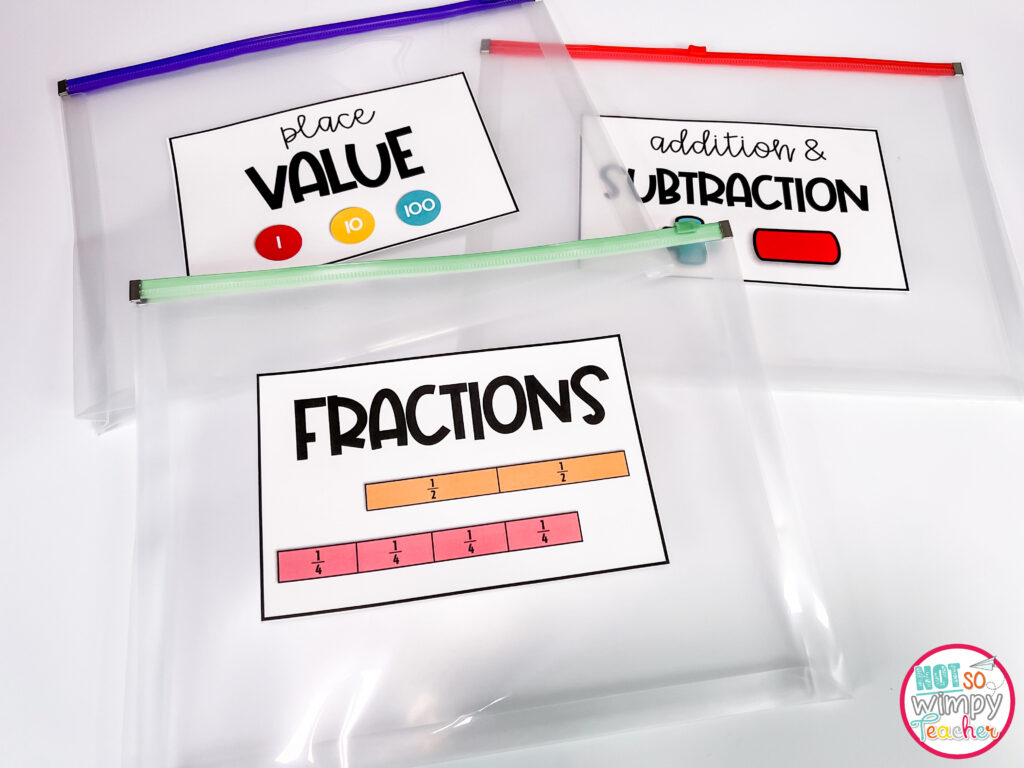
Day Two
Today is the day that you will be teaching students how to complete the independent center activities. I always start with the back-to-school set of centers because they are a review of the skills from the previous grade level. This takes the pressure off of learning a new math skill and allows students to focus on learning the routines and procedures. It is also a great way to get a feel of your students’ math levels.
Gather your students in a circle on the floor where everyone will be able to see you. Start by modeling the first center. Read the directions and talk through how you would complete the work. You don’t have to tell them every answer, but give them enough of a model to know what you expect of them. Do this for each of the ten centers.
I would do lots of “turn and tell your neighbor…” during this time to keep students engaged and to demonstrate that they understood your directions.
Day Three
Today students are going to start practicing the independent math center activities that you modeled yesterday. I suggest putting students into groups of 2-3. Have students work on the independent centers together, but don’t give them the recording book. Give the groups about five minutes per center and have them rotate through five of the centers. This is not about testing their math ability. It is not a big deal if they don’t finish the center, because they will have the opportunity to work independently soon! It is about making sure they understand the directions.
Day Four
Today’s center practice will be just like day three. Students will work in the same groups and rotate through the last five centers. Be sure to walk around and help groups that don’t understand the directions or are not using the materials correctly.
Day Five
The focus of today’s lesson is to teach students the math fact center. Start by showing them where to get their devices or materials. Give them their password and show them what it looks like when they log in. If you are not 1:1, you can make yourself a student account and project it on the board so that students can see what the site looks like and what they will be expected to do. You can also put students into groups to practice. You can give each group one device and have students take turns getting the device out and logging in.
Next, explain the math fact games. Make sure you discuss the rules for taking care of the games, how many people can play a game at one time, and how to put them away. Have students play a game in small groups. They should practice getting the games out, playing, and putting them away.
Close your lesson with praise for students and groups that did an exceptional job and suggestions for correcting any challenges that popped up. If the math game practice did not go well, consider practicing it again the next day before moving on to the next lesson. Games can lead to noise and arguing so it is best to get the kinks out now! Want some new ideas for math games? Grab my 16 FREE math fact games HERE!
Day Six
It is now time to teach students the expectations for the technology center. You can do this similar to the way that you taught students to use technology in the math fact centers. Make sure you talk about what to do if technology is not working!
Day Seven
By this point, you will want to split your students into their 3-4 leveled math groups. You can make initial grouping based on last year’s scores, observations during the first few days of math lessons, or any assessment your school might give. It’s ok if the groups aren’t perfectly leveled. You can move kids around after you get to know them better and work with them more in small groups.
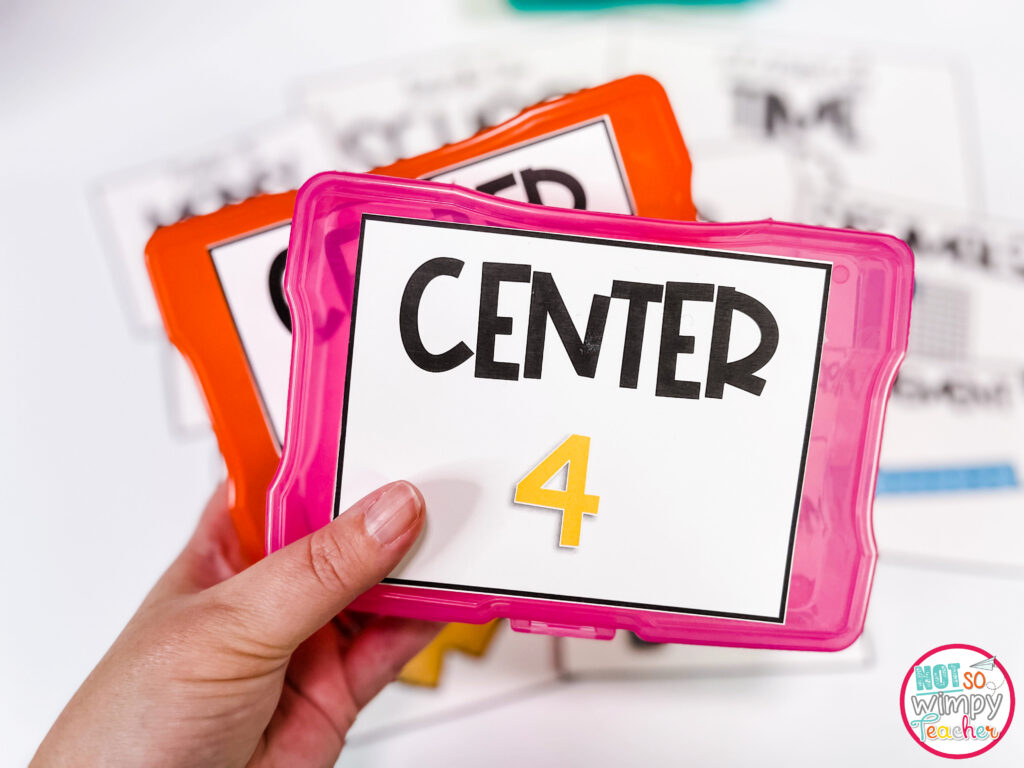
Show students your math center schedule display and explain what centers each group with be doing on each day.
Do a rehearsal of the Monday/Wednesday center routine. Students should be working independently and completing the activities the way that you have modeled. In essence- this is their first day of centers!
You need to be available to walk around the room and make corrections in behaviors. We don’t want them to become habits! I suggest putting a simple game or even a worksheet at the meet the teacher table. You can explain to students that meet the teacher will be much different in the future.
Day Eight
Start by reviewing the math center schedule and routine. Make sure to talk about any challenges that popped up the day before. Do a rehearsal of the Tuesday/Thursday routine.
This will be just like yesterday, but students will be doing their other two center rotations while you move around the room to observe.
Moving Forward With Math Centers
Some classes will be ready to start a week of the center routine. They may be very independent and you can start working with your meet the teacher group.
However, some classes may still be struggling with center behavior or center directions. Don’t move on without addressing it! Bring the class together and model the proper behavior. Have several students model the correct behavior. Practice until students are ready to be independent and successful. Don’t get discouraged if this takes longer than you want. The end result is worth it!
Starting Math Centers Guide
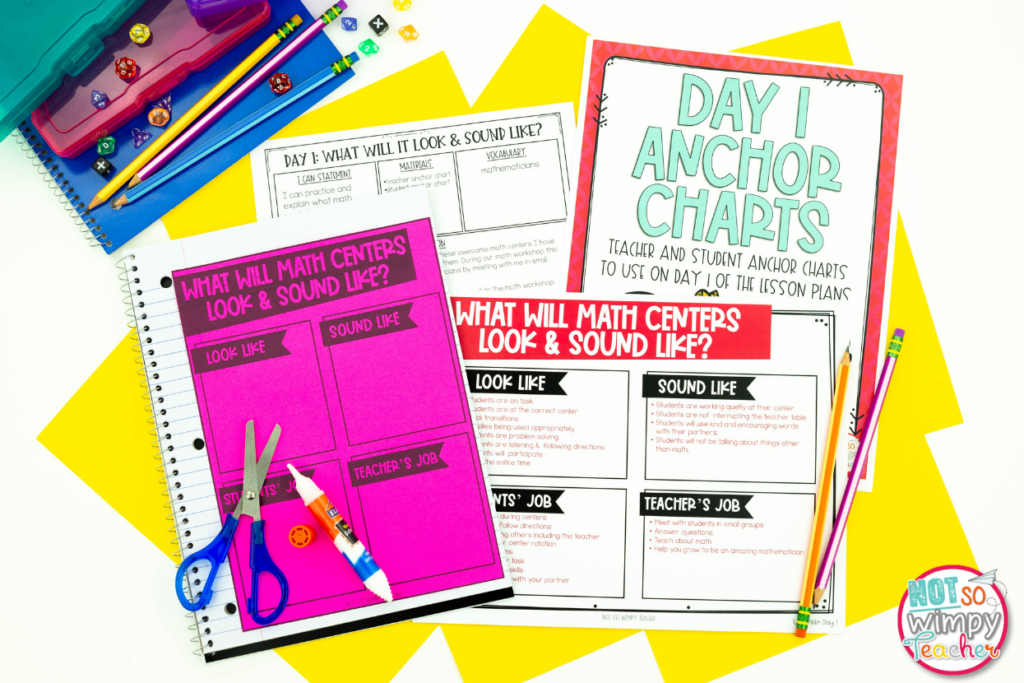
Would you like your own guide to Starting Math Centers? I’ve put together a comprehensive resource for teaches in grades 2-5 to help you get math centers started off right. It includes:
- 8 days of detailed math center lesson plans for the start of the year
- 2 days of simple activities for you to use at your teacher table
- 2 different math rotation group schedules
- Teacher and student anchor charts to use on day 1 of math workshop
And if you are ready to try starting math centers for yourself this year, but you’d like a little help putting together the centers I’ve got you covered. My math center bundles come with an entire year of ready-made centers. I have math center bundles for grades 2-5. Each bundle includes 90 math centers!
And implementing these centers is easy because I’ve designed them to all follow the same format. That means you’ll only have to teach the expectations and procedures one time. After that, your students will be able to complete centers for the rest of the year without many new directions. You’ll save so much class time!
Shop This Post
Other Math Resources
Fact Fluency Programs
You might also like our Fact Fluency Programs. I have programs for Addition and Subtraction, Multiplication and Division, and a bundle that contains all four operations. Each program includes multiple mixed-fact practice sets and assessments, flashcards, games, and tracking sheets. The games make the perfect addition to math centers.
Shop This Post
Full Year Math Curriculum
If you teach second, third, fourth, or fifth grade, you will also want to check out my full-year math curricula. These math programs are perfect for math workshop. They come with simple one-page lesson plans, PowerPoint mini lessons, teacher table activities, games, task cards, assessments, and more.
Shop This Post
Work with Me!

The Not So Wimpy Math Masterclass is a professional development course for teachers in grades 2-5 who want to make their math class awesome 😍! And it’s open for enrollment NOW!
You’ll learn how to fit an engaging, chaos-free math workshop in a 60-minute math block that will help your students deepen their skills, confidence, and conceptual understanding of math.
The Not So Wimpy Math Process will show you exactly how to:
- Add centers to your math block that are simple and manageable for you AND wildly effective for your students
- Divide your students into small groups AND provide intervention and enrichment to meet ALL your students’ academic needs
- Subtract ALL the chaos and confusion AND confidently fit everything into your 60-minute math block, and
- Multiply your students’ skills, talents, confidence, and love of math to the power of 100!!
to create a classroom full of confident, thriving mathematicians.
And it works with any curriculum.
If you are ready to build a better math block and make your math class awesome, sign up today!
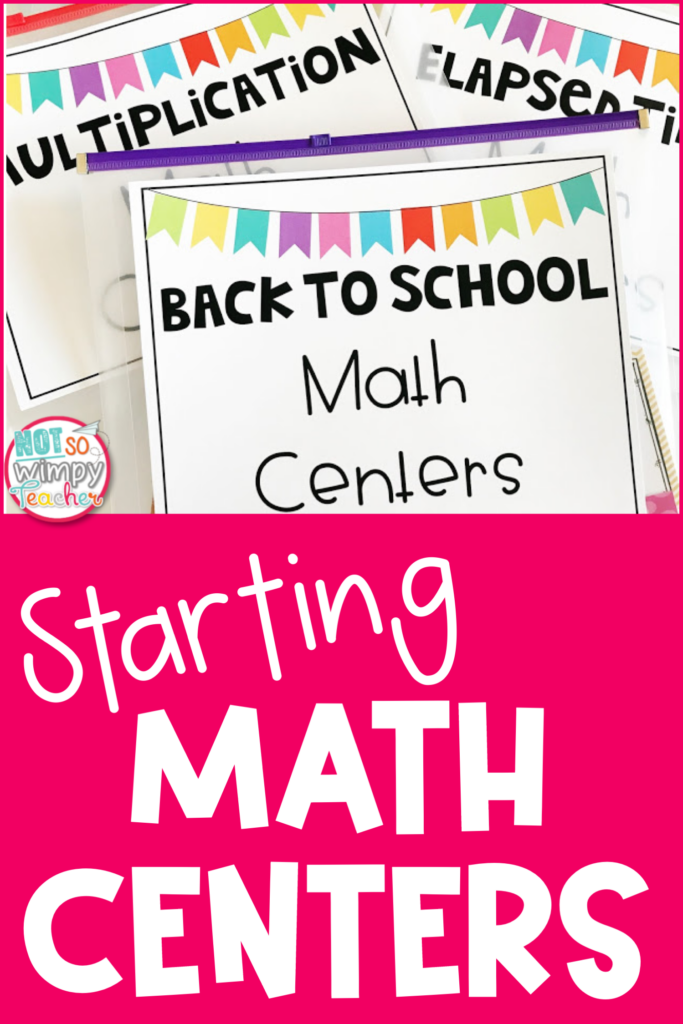
Have a Not So Wimpy Day,


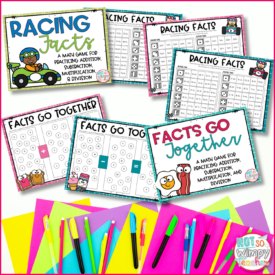
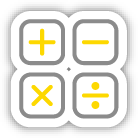
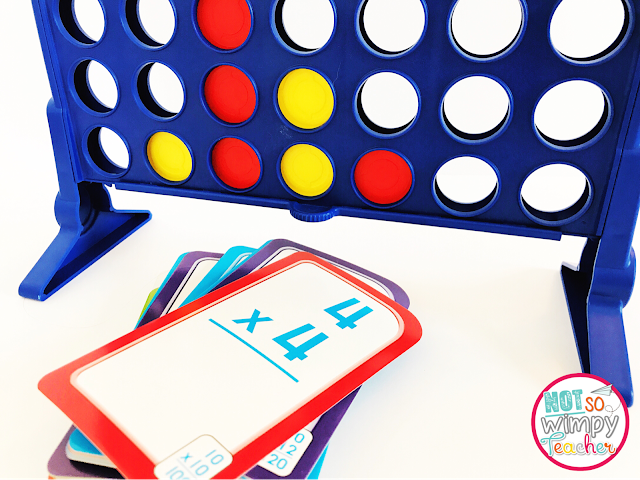
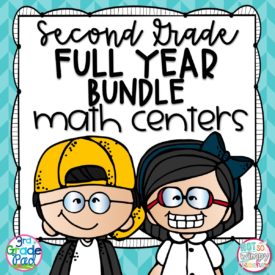
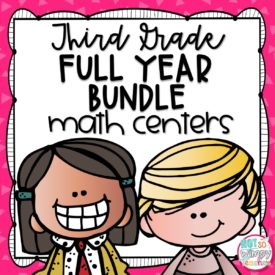
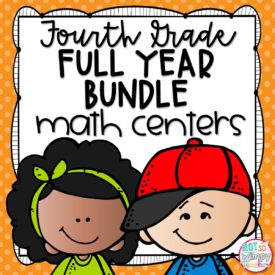
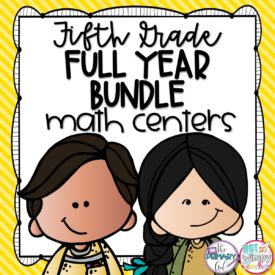
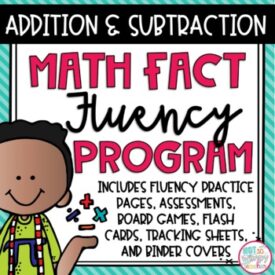

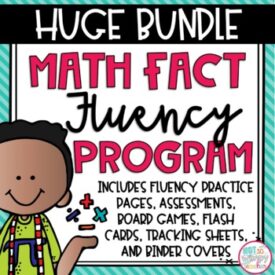
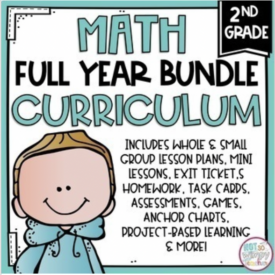
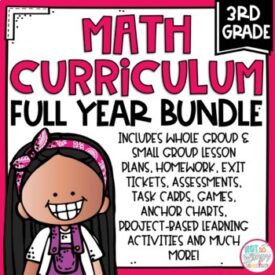
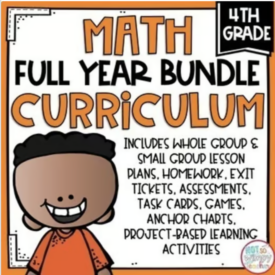


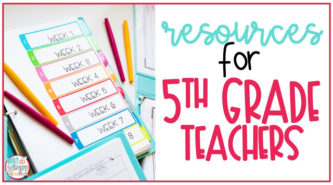
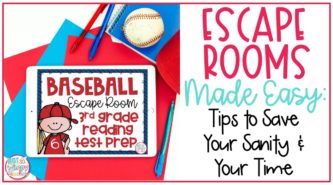











 End of Year Carnival Week for grades 2-5!
End of Year Carnival Week for grades 2-5!
Hi Jamie! Where can I get the student recording book?
Hi! The recording books come with my math centers.
https://www.teacherspayteachers.com/Store/Not-So-Wimpy-Teacher/Category/Math-Center-Bundles-383960
Hi Jamie! This is all so helpful!! I am switching from 1st grade to 4th grade next year and want to implement math centers right from the beginning of the year. In 1st grade I did centers but it always seemed crazy! I am looking forward to kids who can read and handle centers better. Thank you so much for the great ideas!!
I’m doing that EXACT thing this year, I switched schools and I’m going from 1st to 4th. I always felt like centers were crazy town, and I couldn’t quite get to the “independent” stage. I’m chalking it up to COVID delays combined with a very needy class lol. These 4th grade centers look amazing and I can’t wait to dive in with my new class!
I see you have a curriculum on TPT. Does that align with Eureka? You said your school used that and mine does too.
Hi Shireen,
When using this along with Eureka Math, you may need to make some minor changes in the order in which you teach these units. The vocabulary cards, worksheets, task cards, and games are great supplements to any curriculum
How do you set up your math rotation display?
I have watched all your videos and I have stuff all ready to go.. Crossing fingers … but none of your charts include FRIDAY. So, what do you do on friday?
Hi Tina,
I had a unique school schedule. This blog post will describe my weekly schedule. If you have extra time on Friday, you can include some additional math time, maybe include some additional math games. https://notsowimpyteacher.com/2017/12/my-daily-classroom-schedule.html
Hello Mrs. Jamie,
Do you have a resource like this for introducing reading and writing centers?
Hi!
These blog posts have helpful information on how to start writing workshop. You can even grab a freebie to help you get started!
https://notsowimpyteacher.com/2021/06/how-to-get-started-with-writing-workshop-at-the-beginning-of-the-year.html
https://notsowimpyteacher.com/2017/07/how-to-start-writing-workshop-at.html